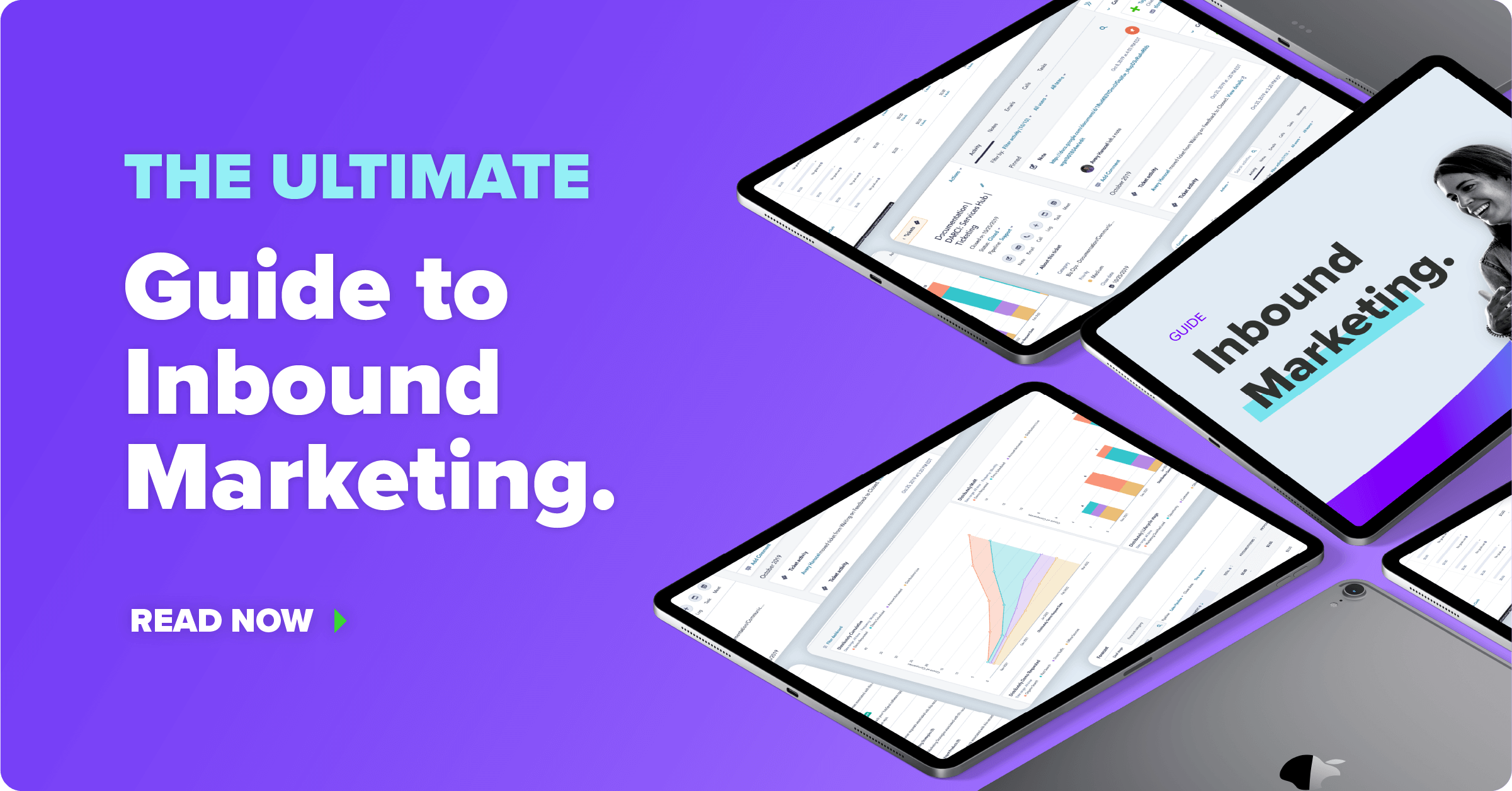Flywheel Marketing: If It Ain't Spinnin' You Ain't Winnin'
.png?width=1200&name=1200X628%20blog%20(44).png)
The flywheel revolves around customers. It demonstrates this idea at the core of inbound marketing: Your business’s marketing, sales and service efforts should work together to continuously delight your customers.
Why? Because if your customer base dries up, your flywheel will lose momentum, and you’ll lose revenue.
Flywheel Marketing: Content Makes the Wheel Go 'Round
Your initial marketing strategy under the flywheel methodology shouldn’t differ that drastically from traditional inbound marketing. It still involves consistently providing value in a contextually relevant way and meeting your prospects where they are.
Meeting prospects where they are as you create a valuable experience for them is essential — because at the end of the day, prospects don’t owe you anything. So you need to connect with them on their terms, not yours.
Additionally, the inbound marketing guidelines of attracting, engaging and delighting continue to apply.
Attract prospects through targeted PPC or by building up your blog and website to get noticed organically. Then, engage those visitors with more middle- and bottom-of-the-funnel content. At New Breed, we use webinars and nurture tracks for engagement.
Webinars are more engaging than a social media or blog post, but also require more from the prospect. To register for a webinar, prospects have to provide their email and some information about themselves that marketers will use to continue the interactions.
When we notice leads interacting with specific content, we’ll follow up with them in contextually relevant ways through nurture tracks to keep them engaged with our brand and content.
Conversational marketing is another great way to engage with your customers and capture their information through chatbots, which can act as personified forms.
To delight your customers, go above and beyond at every point. Treat every prospect as if they’re your most valuable client, even if they’ve only visited your website once. After they become a customer, continue to go above and beyond through user group events and exclusive content offers.
Flywheel Sales: Treat Everyone Like They’re Your #1
The idea behind the flywheel mindset is to treat everyone you interact with as customers even before they become customers. That’s how you’re going to win them.
Create a delightful experience throughout the sales process and essentially use the sales process as a way to allow the prospect to get a taste of what it’s like to be your customer and work with your client success team or service strategist.
Another aspect of the flywheel approach to sales is selling for your customer. Don’t sell for the sake of making a sale but rather look to solve for your customers’ challenges and meet their needs.
Just because you can sell to someone doesn’t mean you should. If the offer you’re selling is not going to provide the customer long-term value so they won’t renew or upgrade and eventually churn, that’s a loss for you in the end. The cost of acquiring customers is considerably higher than upselling and retaining existing clients.
If the only way you generate revenue is through new business acquisitions, your growth will be hindered. It’s important to not put all your eggs in one basket.
Throughout the sales process, you need to make sure you are selling to people who are a good fit and who you honestly believe will be able to gain long-term value from your product and potentially upgrade in the future.
Beyond the Sale: Bring It Around Full Circle
The flywheel approach dictates that marketing and sales efforts shouldn’t end once a customer is closed. Marketing and sales don’t just pass them off to the service team and never interact with them again.
The process is cyclical. Your confirmed customer returns to the top of your funnel as a prospect, but this time your marketing and sales efforts are focused on retaining them and upselling them as an existing customer. The process changes a little, but the goal is the same: you want to maintain the value in the customers' experiences and continue to provide contextually relevant interactions to eventually result in an upsell.
As part of the flywheel approach, you also want to stay invested in customer service. Especially for software companies, it can be really easy to invest all your time, energy and resources into building your product and neglect the people who are there to help service your product.
One way to solve for that is to build partner programs. For example, Hubspot did a really great job ensuring their customers were getting the most of their product by commissioning an entire ecosystem of agencies to help enable their customers.
Another thing many SaaS companies do to help continue to add value to existing customers is creating and maintaining knowledge resource bases. In the case of HubSpot, they created HubSpot Academy, which is totally free for everyone. You can learn methodology, best practices and how to use the tool itself. Hubspot’s customer base has access to additional exclusive educational resources and content.
The Takeaway
The flywheel is all about taking a customer-centric approach and treating every single person who interacts with your business as if they are your #1 customer already, even if they’re not. That’s what’s going to create value and positive experiences that will help you acquire and create new customers, upsell to existing customers and eventually evangelize your customers into advocates for your brand.
The key to growth is establishing a brand that people can affiliate with and rally around outside of solely the effectiveness of your product. If people like your company as a whole and can identify with you, that’s an opportunity for revenue.





